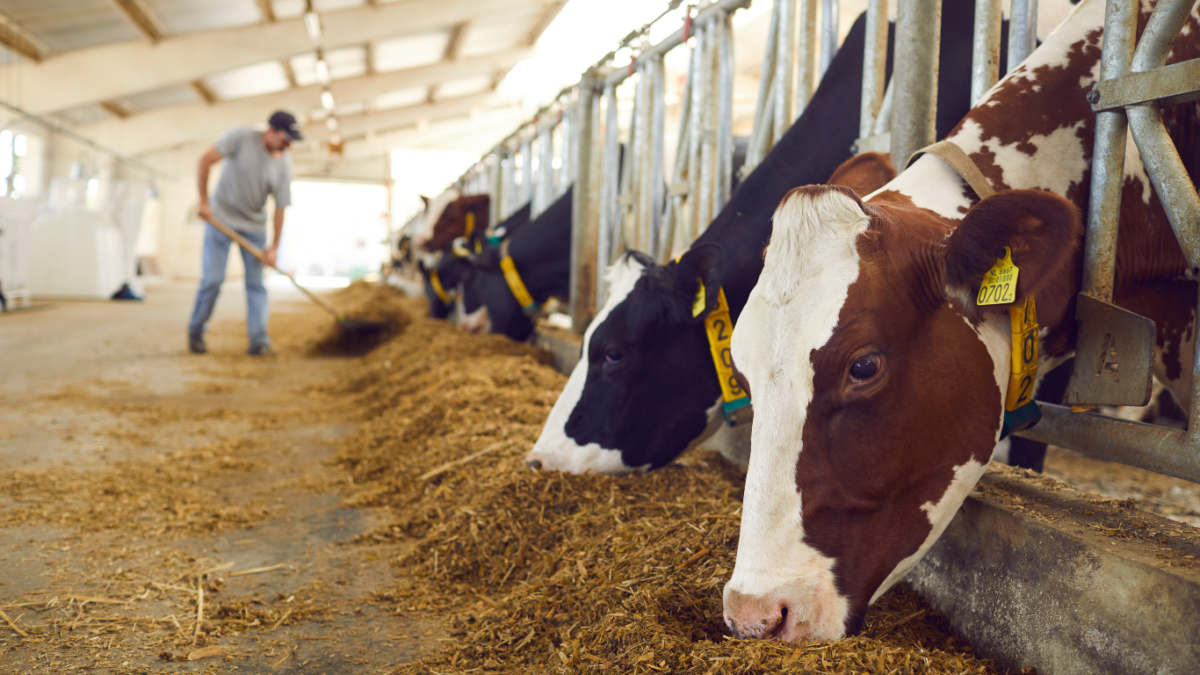Livestock owners and farmers face a constant challenge in ensuring the well-being of their animals, and a recent article from Penn State Extension offers valuable insights into a critical aspect of livestock management: reducing the risk of nitrate and prussic acid poisoning.
Understanding the Risks:
Nitrate and prussic acid poisoning are serious concerns in livestock management, with potential consequences for animal health. Nitrate poisoning often arises when forages accumulate high levels of nitrates, commonly seen during periods of drought stress. On the other hand, prussic acid toxicity is associated with certain forage crops like sorghum and sudangrass, especially during specific growth stages or under specific conditions.
Key Strategies for Risk Reduction:
Forage Testing:
Regular testing of forage is a fundamental and proactive measure. By analyzing forage samples, farmers can assess nitrate levels and make informed decisions about feeding practices. This diagnostic approach allows for precision in managing potential risks.
Diversity in Forage:
The article underscores the importance of incorporating a variety of forages into livestock diets. Diverse forage sources contribute to a balanced nutritional profile and help mitigate the risk of toxicity associated with specific plants.
Grazing Management:
Implementing rotational grazing and avoiding abrupt changes in forage sources contribute to a more stable and safer diet for livestock.
Monitoring Weather Conditions:
Weather conditions, particularly during drought or frost events, can significantly impact forage toxicity levels. Livestock owners are encouraged to stay vigilant and make adjustments to feeding practices based on prevailing weather conditions.
Selective Grazing Awareness:
Livestock owners should exercise caution regarding selective grazing on high-risk plants. Some forage species are more prone to nitrate or prussic acid accumulation, and being aware of these risks is essential.
Supplemental Feeding:
During periods of forage scarcity or uncertainty about toxicity levels, providing supplemental feed ensures that animals receive essential nutrition. This can be a crucial strategy for maintaining the health of livestock.
Livestock health is a proactive approach to managing potential risks is the foundation of responsible farming. By incorporating these risk-reducing measures into their management practices, livestock owners can contribute to the overall well-being and longevity of their herds.
In the dynamic landscape of agriculture, staying informed about potential risks and adopting preventative measures is not just a responsibility but a commitment to sustainable and humane farming practices. The full article provides detailed insights and recommendations, empowering livestock owners to make informed decisions for the health and vitality of their animals.






